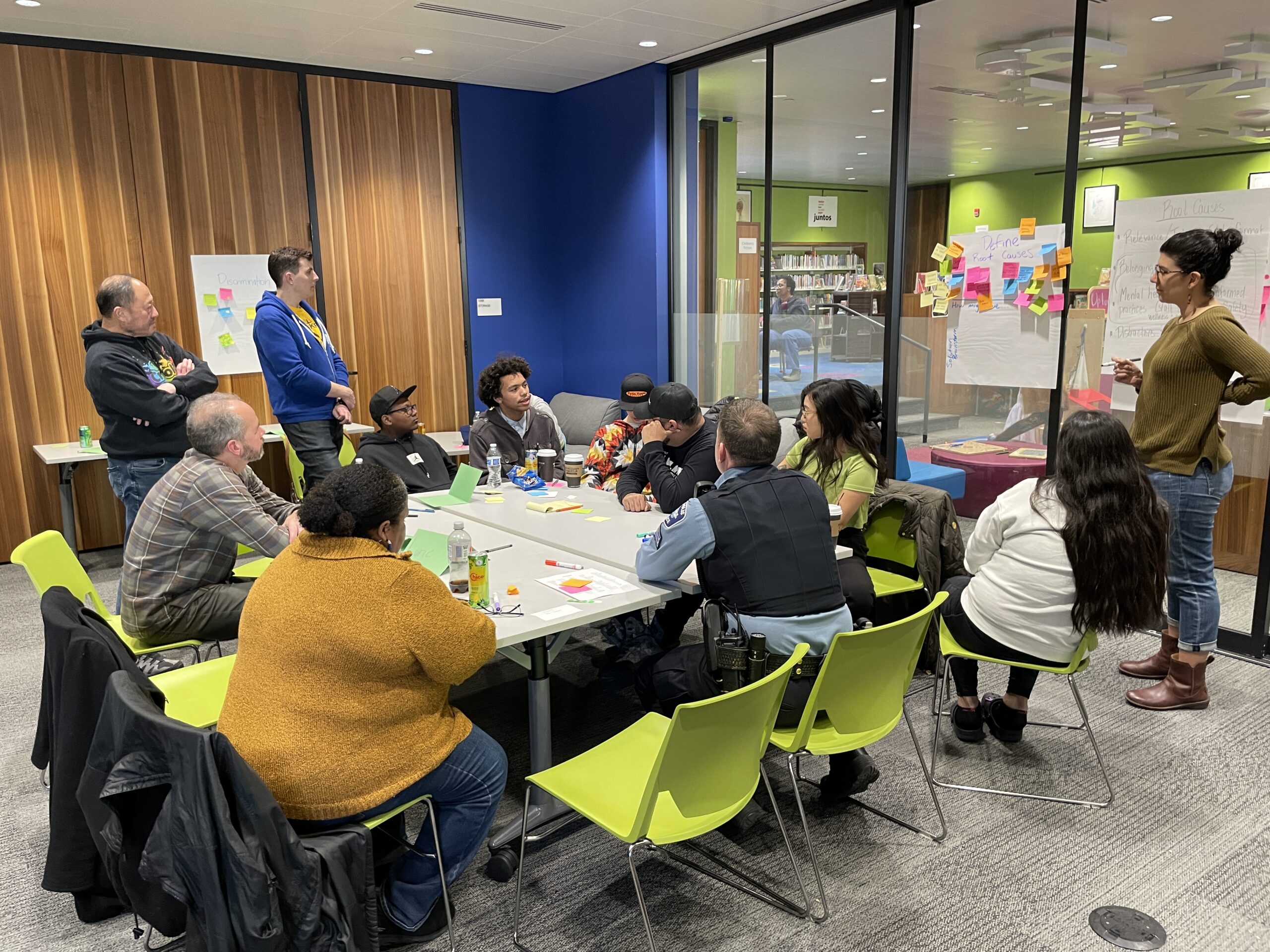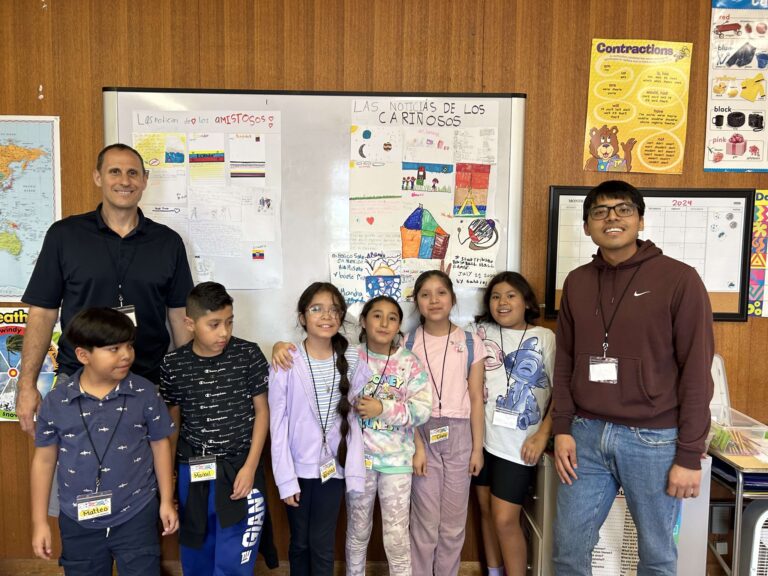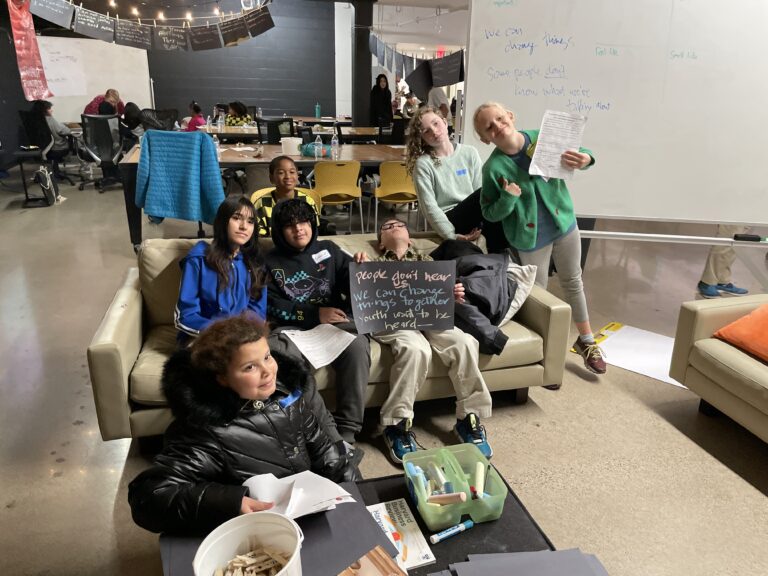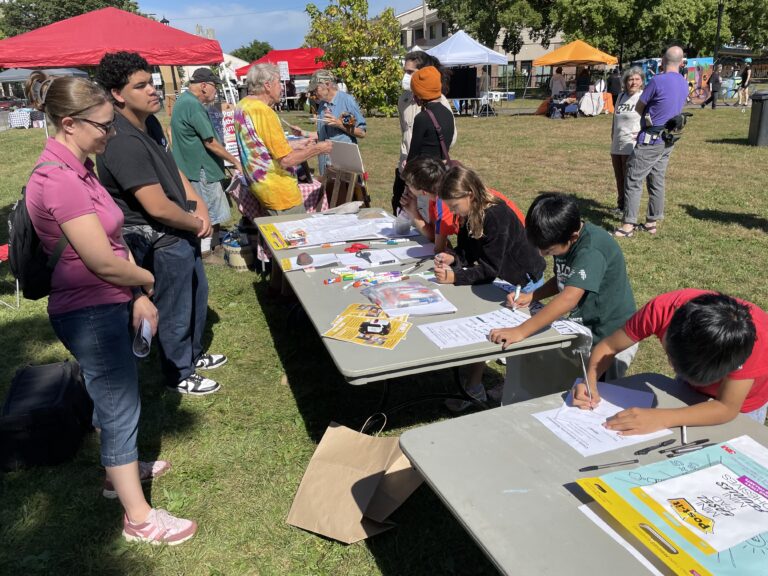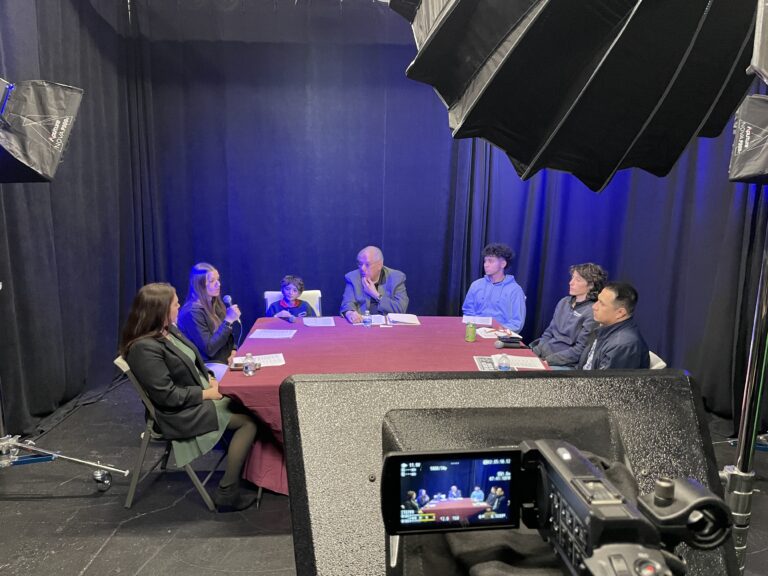A Solution for School Disengagement
The world has changed. Our education system has not. As a result, school is broken.
It’s so bad that many kids don’t go to school anymore. Chronic absenteeism was an issue before the pandemic. It’s gotten worse.
The data tells a grim story. According to the Minnesota school dashboard, the number of students in the state attending class consistently (more than 90 percent of the time they are enrolled during the year) dropped from 85 percent in 2019 to less than 70 percent in 2022. In Minneapolis Public Schools, the overall attendance rate has fallen from 79 percent to 46 percent. In some schools, fewer than 25 percent of students show up on a regular basis.
There are over 30,000 students in 97 MPS schools. That means over 15,000 of them are not engaged in school. Over 32 percent of students are from economically disadvantaged communities, compounding the impact. The 74, an education news source, reports that while white students in Minnesota attending school dropped from 90 percent to 59 percent, the number for Black students fell from 71 percent to 32 percent. Latinos went from 78 percent to 44 percent. Native Americans dropped from 44 percent to 24 percent. And children getting special education services dipped from 63 percent to 37 percent.
Every day is an opportunity for students to learn. Every day they miss school is a missed opportunity. Those daily missed opportunities turn into persistent missed opportunities. Before long, opportunities disappear.
The National Library of Medicine finds that school disengagement, or a student’s lack of involvement in education, can lead to many detrimental outcomes, including chronic mental health difficulties, conduct and delinquent behaviors, criminal involvement, and unemployment in adolescence and adulthood.
This is a crisis. But it is solvable.
The Strong Mind Strong Body Foundation, a youth and family development organization where I am executive director, is working on a solution (as are others with attendance strategies). We had our third community solutions with youth workshop at Walker Library in Uptown Minneapolis on Feb. 3. The topic of the day (chosen by youth) was disengagement in school.
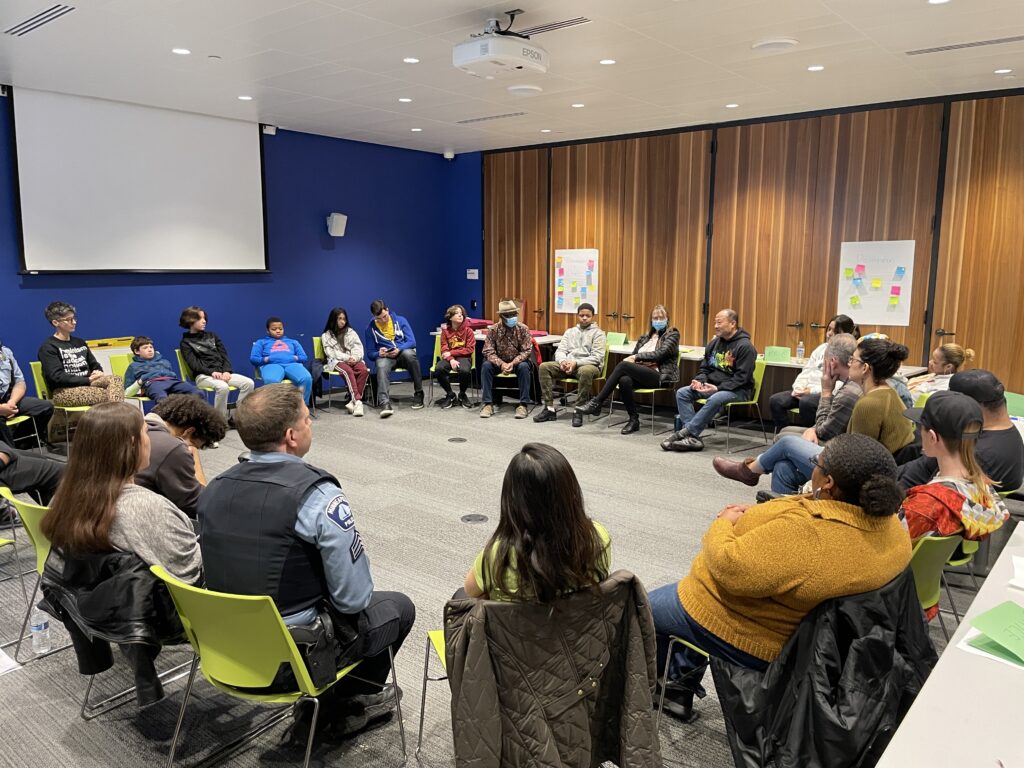
Eleven students, from fourth to eighth grade, participated, along with 15 community elders. They included teachers, educators, parents, police officers, a musician, mental health expert, neighborhood support specialist, artist, finance director, fisherman, and retired leadership consultant. They all shared their thoughts on why we have an epidemic of disengagement and ideas for solutions.
I see students struggling with paying attention or not wanting to go into class. It makes me sad thinking how much they’re missing.
Students would rather skip school than go.
It’s harder to teach with so many absences: I’m worried about learning.
No family support.
Issues of sickness in a Covid world.
Teach topics that are happening now.
Have a modern curriculum that engages students, with various ways of learning, including internet.
More fun activities, not just learning.
Less teacher talk and more students leading.
We had an intergenerational talking circle with young and old community members talking solutions. Then, we split up into two breakout sessions to drill down on solutions using a knowledge to action framework.
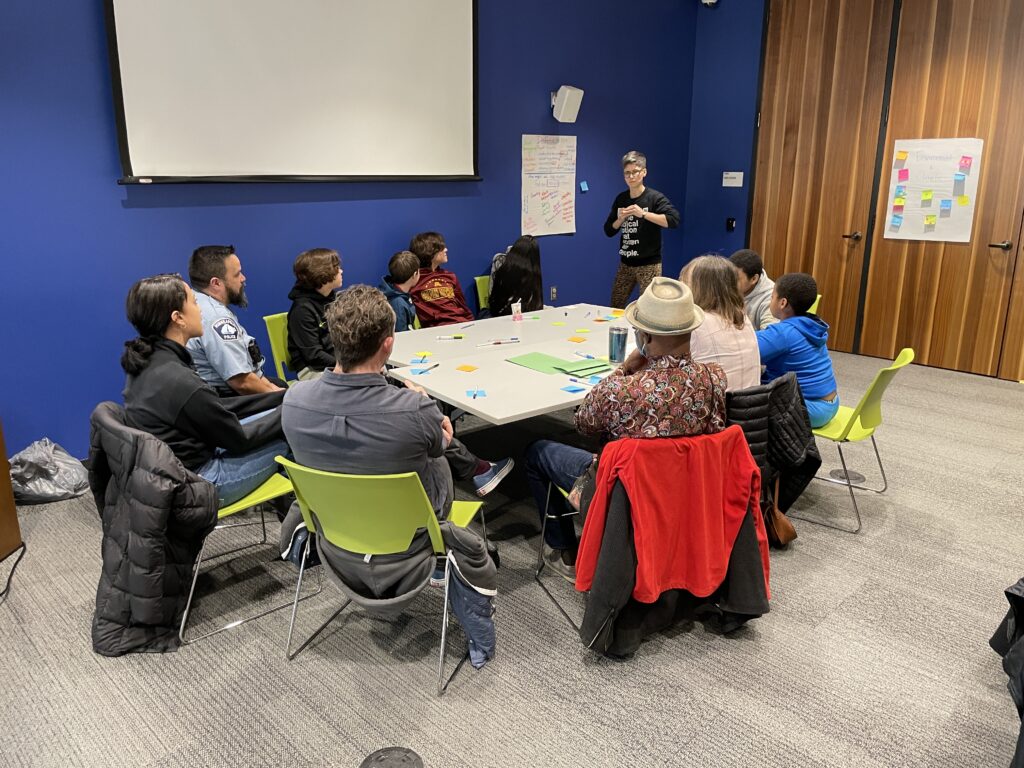
One of the most enlightening moments was when a youth said school needs to teach more relevant lessons on practical subjects and a mother of seven (including two workshop attendees) and grandmother of five said that schools need to listen to students more to make school more engaging.
In business, customer discovery is the process of understanding customers’ situations, needs, and pain points.
What if we created an educational culture in schools that treated parents and students as customers? The primary customer is the parents, the ones who pay for school, either indirectly through taxes for public school or directly for private school. The secondary customers are students, the learners and source for feedback on results.
Could teachers, department heads, school administrators, and district leaders see parents and students as customers to help identify problems, gather data, form hypotheses, and implement solutions?
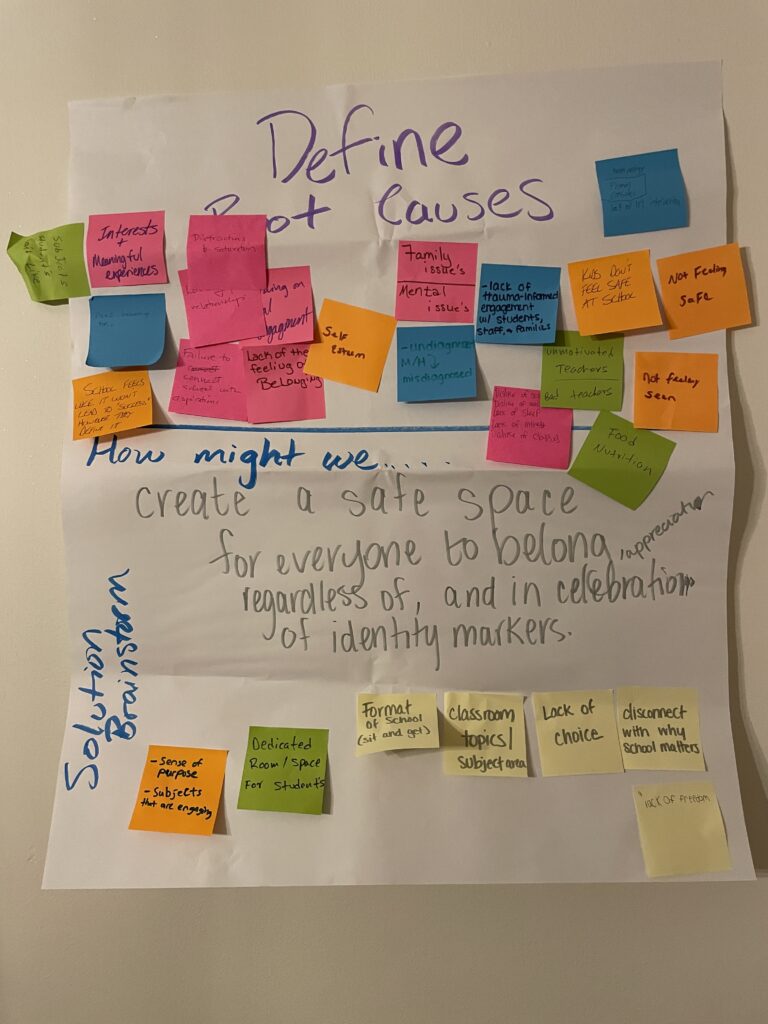
Focusing on the customer has worked for many successful businesses. Jeff Bezos built Amazon into one of the world’s largest companies by putting customers first.
From the beginning, Amazon focused on three things:
- What can we invent for customers?
- What can we do differently?
- How can we make the customer experience better?
Imagine if our educational system worked this way. Start with the customer and work backward. Find out what parents and students need. Then provide that.
Focusing on the customer is hard to do. It is worth the effort.
Today, Amazon has a market cap of $1.76 trillion, behind only Microsoft ($3.02 trillion), Apple ($2.91T), Saudi Aramco ($1.99T), and Alphabet/Google ($1.79T). Customer obsession is how Amazon prospered.
Education can win, too, by putting customers first.
This article was originally published in the Southwest Connector, a local newspaper in Minneapolis.
